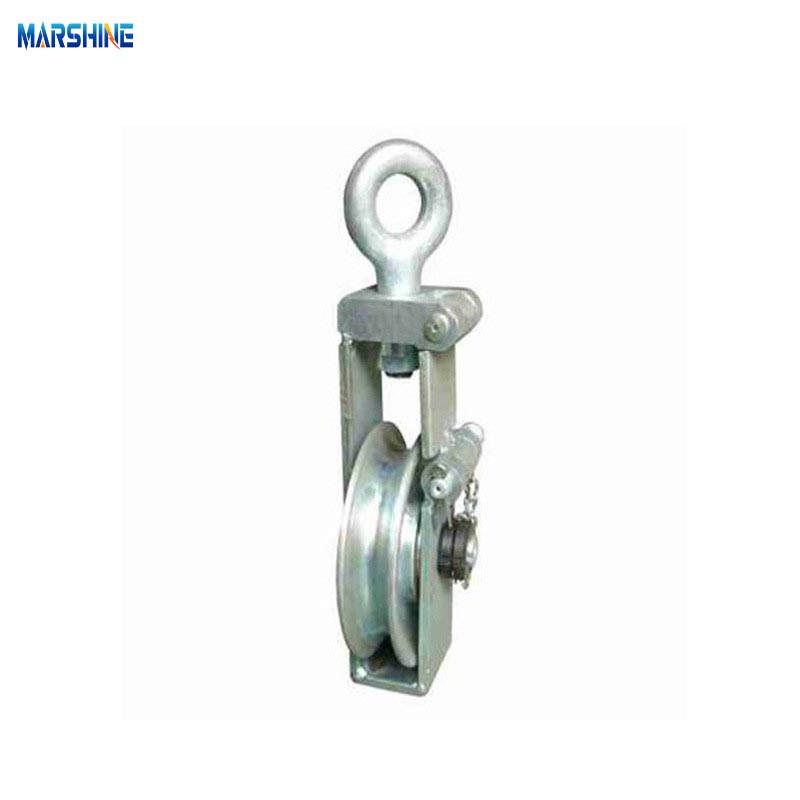What Is a Stringing Block and Why Is It Essential for Overhead Line Construction?
2025-05-13
In the world of electrical power transmission and distribution, every tool and component has a purpose. Among them, the stringing block stands out as a crucial part of overhead line construction. Though it may look simple at first glance, its role is anything but minor.
What Is a Stringing Block?
A stringing block is a pulley system used to guide conductors, optical ground wires, or other cables during the stringing process in overhead line projects. These blocks help ensure that cables are laid out smoothly, without twists, kinks, or damage. They’re usually mounted on utility poles or transmission towers and can vary in size depending on the cable and application.

Why Are Stringing Blocks Important?
Using stringing blocks is vital for maintaining the structural integrity of the conductors. During stringing, high tension is applied to the wires. Without proper support and alignment, cables can be scratched, deformed, or even snapped. Stringing blocks provide smooth, low-friction rotation and keep the cable suspended off the ground, preventing unnecessary wear and tear.
Types of Stringing Blocks
There are several types of stringing blocks available. Some are designed for single conductors, while others can accommodate bundles of two, three, or more. Block wheels may be made from materials like nylon or aluminum alloy, depending on the load capacity and conductor type.
Swivel mounting, anti-twisting features, and shock-resistant construction are also key features in modern stringing block designs. Choosing the right model depends on the specific project requirements.
Where Are They Used?
Stringing blocks are widely used in power transmission line installation, distribution network upgrades, and communication cable deployment. They are especially important in hilly or uneven terrain, where cable handling can become more complex.


